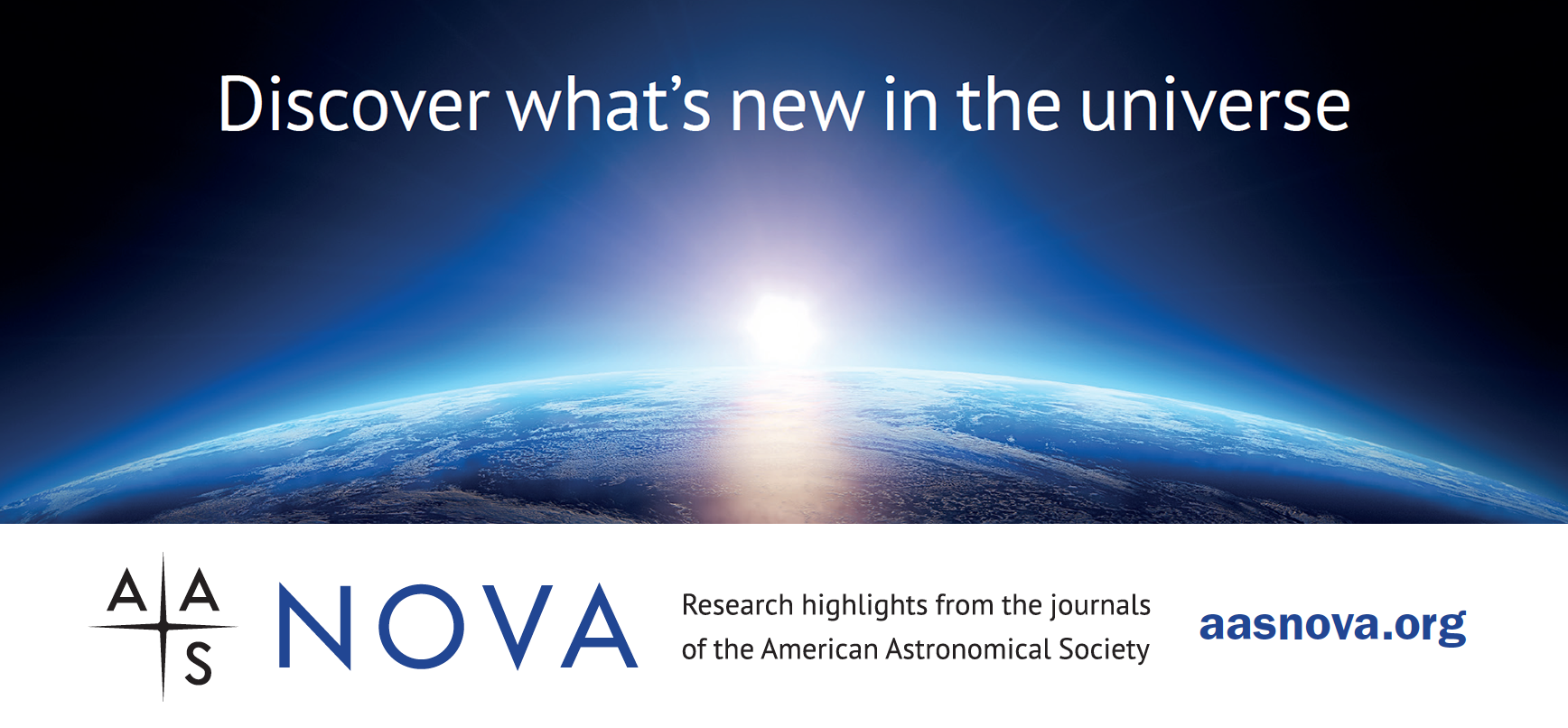Highlights from AAS Nova: 14–27 January 2024

Kerry Hensley American Astronomical Society (AAS)
AAS Nova provides brief highlights of recently published articles from the AAS journals, i.e., The Astronomical Journal (AJ), The Astrophysical Journal (ApJ), ApJ Letters, ApJ Supplements, The Planetary Science Journal, and Research Notes of the AAS. The website's intent is to gain broader exposure for AAS authors and to provide astronomy researchers and enthusiasts with summaries of recent, interesting research across a wide range of astronomical fields.

The following are the AAS Nova highlights from the past two weeks; follow the links to read more, or visit AAS Nova for more posts.
26 January 2024
Using Ancient Ultraviolet Light to Probe Theories of Cosmology
Could measuring ultraviolet light from small galaxies in the early universe help researchers test the leading theory of cosmology?
24 January 2024
Are Binary Black Hole Spins and Mass Ratios Correlated?
Researchers have used new models to explore whether reported correlations in the properties of black hole binary systems are real or just a consequence of previous statistical methods.
23 January 2024
Tilted Tatooines Can Serve as a Source of Strange Solo Planets
Astrobites reports on how the messy evolution of tilted planetary systems around binary stars could help explain the existence of free-floating planets.
22 January 2024
Featured Image: Lensed Quasars and the Hubble Constant
Quasars that have been gravitationally lensed by galaxy clusters provide a way to measure the expansion rate of the universe and possibly alleviate the Hubble tension.
19 January 2024
The AAS Goes to LIGO
Following the recent AAS meeting, the AAS Press team led a group of reporters to LIGO Livingston to learn about the history and future of gravitational wave detections.
17 January 2024
Four Pulsars Discovered in New Survey
A pilot survey that scanned a small area of the sky with the world's largest radio dish has discovered four new pulsars, including two millisecond pulsars.
16 January 2024
What Drives Chemistry in a Protoplanetary Disk?
Astrobites reports on using machine learning to make tracing the complex chemistry of protoplanetary disks a little easier.


